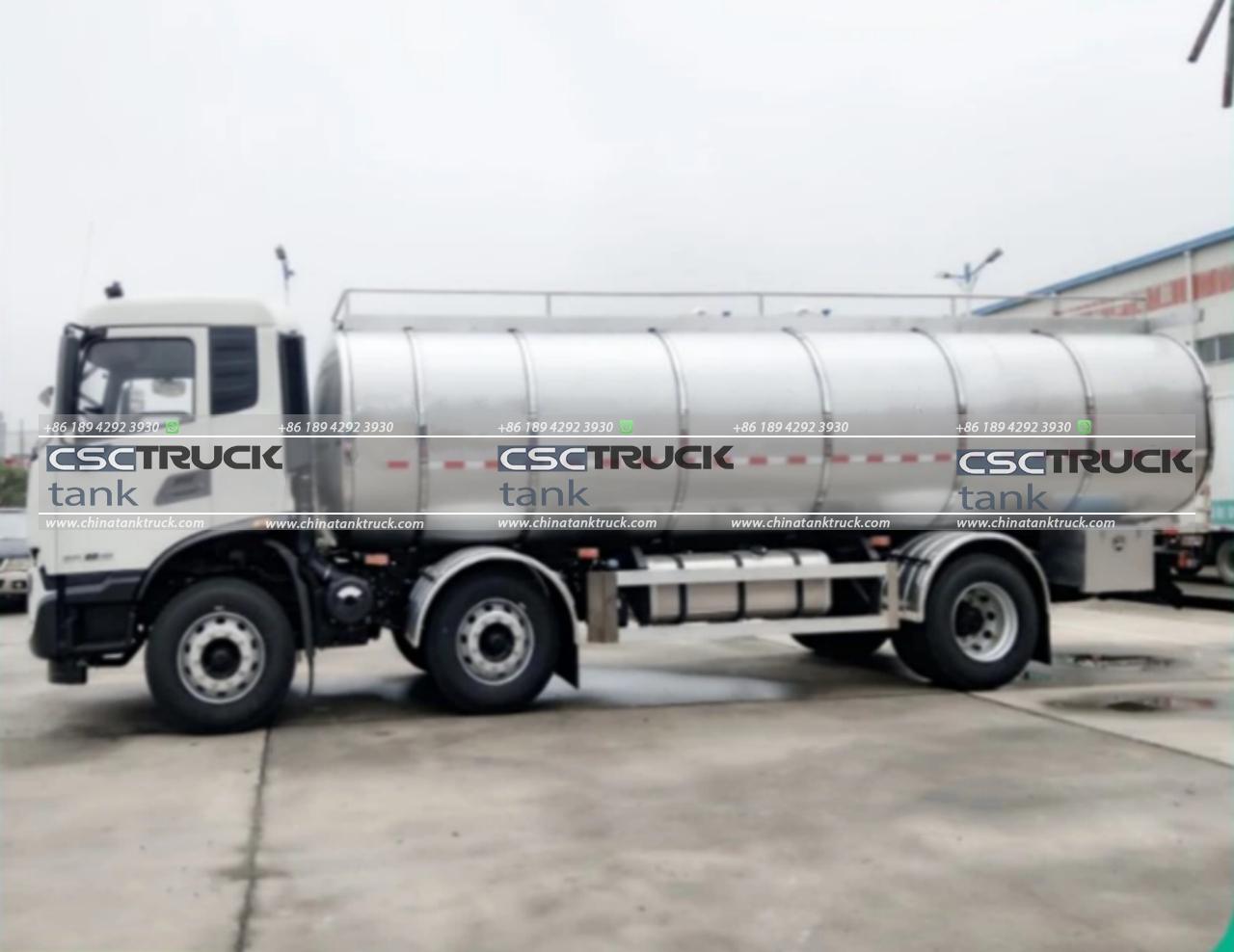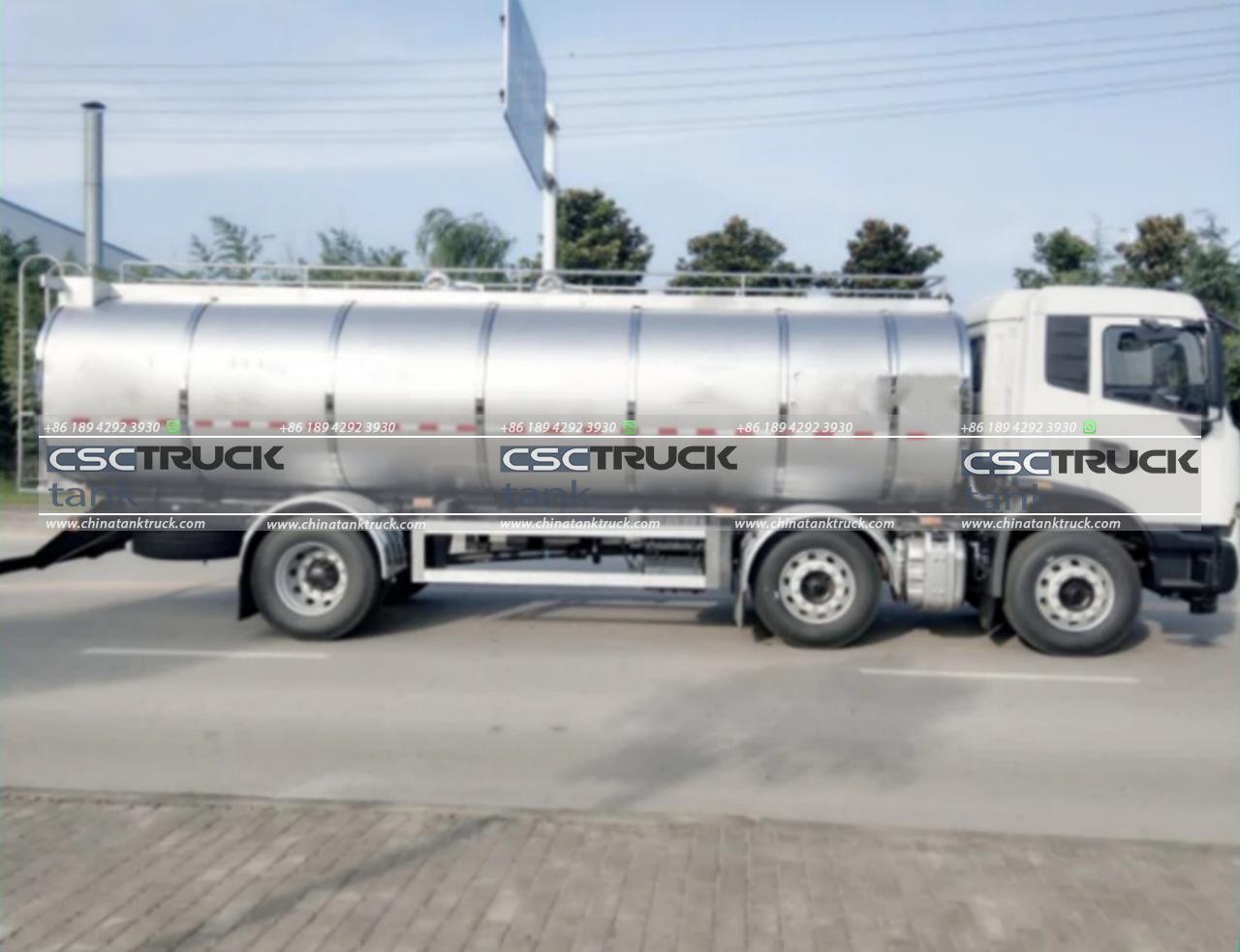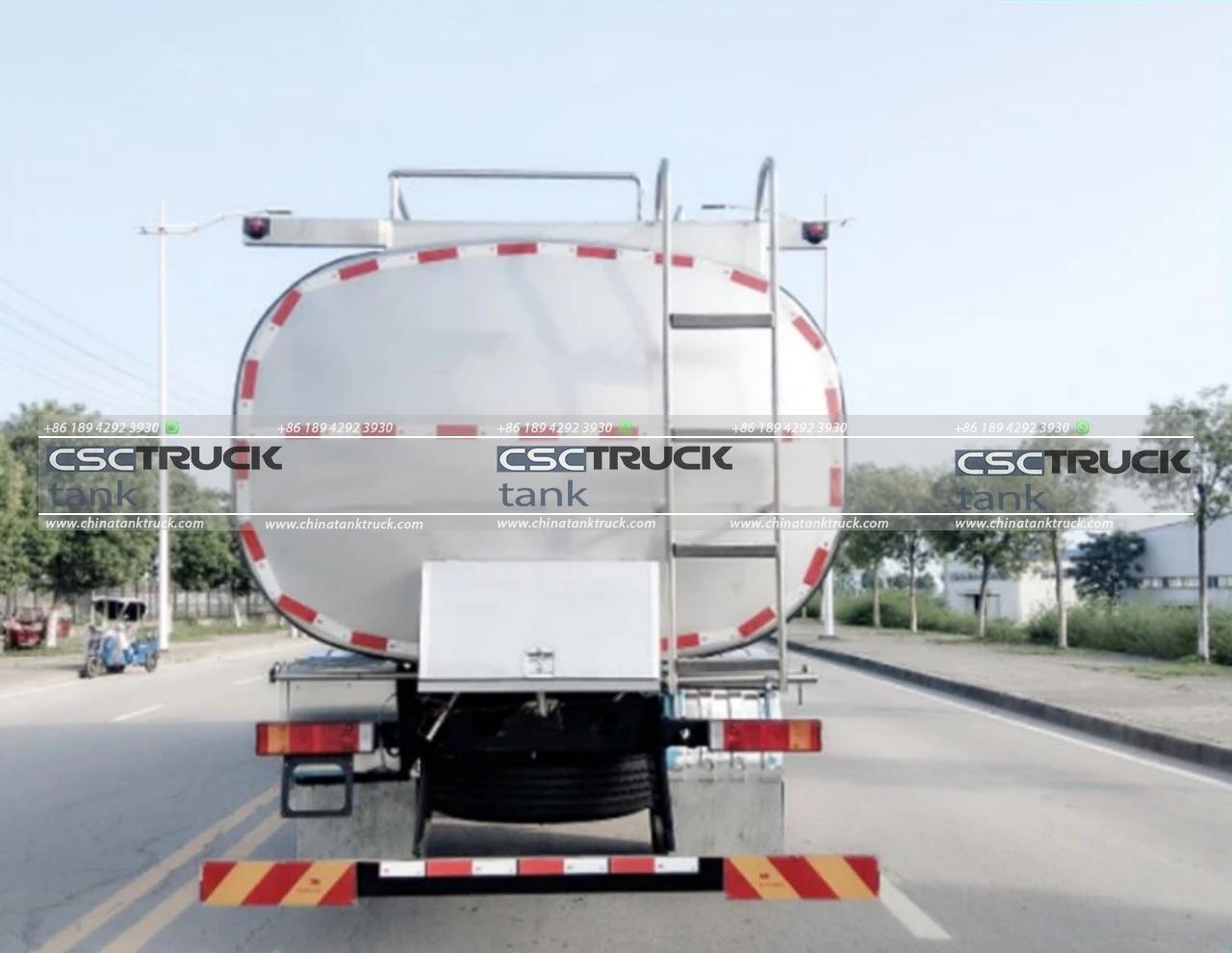What are Milk Tanks Used For?
Milk tanks are an integral component of modern dairy farming and processing, serving crucial roles in the handling, storage, and transportation of milk. These specialized tanks are designed to maintain the quality of milk from the moment it leaves the cow until it reaches the consumer. This article explores the various uses of milk tanks, their importance in the dairy industry, and how they contribute to the overall efficiency of milk production and distribution.
The Basics of Milk Tanks
Milk tanks are large containers specifically designed to store milk. They come in various sizes and types, tailored to different stages of milk handling. The primary functions of these tanks are to keep the milk at the appropriate temperature, ensure hygienic conditions, and facilitate easy transportation and processing.

Types of Milk Tanks
1. Bulk Milk Tanks: These are commonly used on dairy farms to store milk directly after it is harvested from cows. Bulk milk tanks are designed to cool and hold large quantities of milk until it can be transported to processing plants. They are usually equipped with refrigeration systems to keep the milk at a temperature of about 39°F (4°C), which helps preserve its freshness and prevent bacterial growth.
2. Milk Silos: Similar to bulk milk tanks, milk silos are larger storage tanks used in dairy processing plants. They are often used for long-term storage and are capable of holding significant volumes of milk. Milk silos are generally more robust and are equipped with advanced temperature control and monitoring systems to ensure optimal storage conditions.
3. Transport Milk Tanks: These are mobile tanks used in trucks or tankers to transport milk from farms to processing facilities. They are equipped with insulation and cooling systems to maintain the milk at the required temperature during transit. Transport milk tanks are designed to ensure that milk remains fresh and safe for consumption throughout the journey.
4. Processing Milk Tanks: In dairy processing facilities, milk tanks are used for various stages of milk processing, including pasteurization, homogenization, and separation. These tanks are engineered to handle different processes and often come with features like agitation systems to ensure uniform mixing and processing of milk.
Importance of Milk Tanks
1. Quality Preservation: One of the primary roles of milk tanks is to preserve the quality of milk. Milk is highly perishable and can spoil quickly if not stored properly. Milk tanks, particularly those with refrigeration capabilities, help maintain the milk at a cool temperature, reducing the risk of spoilage and bacterial contamination.
2. Hygiene and Safety: Milk tanks are designed to meet stringent hygiene standards. They are constructed from stainless steel or other non-reactive materials that are easy to clean and sanitize. Proper maintenance and cleaning of milk tanks are crucial to prevent contamination and ensure that the milk remains safe for consumption.
3. Efficiency in Handling and Transportation: Milk tanks streamline the process of handling and transporting milk. By storing milk in bulk, dairy farmers can accumulate larger quantities of milk before transportation, reducing the frequency of trips to processing plants. Transport milk tanks ensure that milk is delivered in optimal condition, minimizing waste and maximizing efficiency.
4. Facilitating Processing: In dairy processing plants, milk tanks play a key role in various processing stages. For example, during pasteurization, milk is heated to kill harmful bacteria before being cooled and packaged. Milk tanks used in processing are designed to handle these temperature changes and ensure that milk is processed correctly.

Technological Advancements
The design and technology of milk tanks have evolved significantly over the years. Modern milk tanks come with advanced features that enhance their efficiency and effectiveness:
1. Automated Cleaning Systems: Many milk tanks now include automated cleaning systems that simplify the cleaning process. These systems use a combination of hot water, detergent, and sanitizing agents to ensure thorough cleaning and reduce the need for manual labor.
2. Temperature Monitoring: Advanced milk tanks are equipped with sophisticated temperature monitoring systems that provide real-time data on the milk’s temperature. This technology helps ensure that the milk is kept at the correct temperature and alerts operators if there are any deviations.
3. Data Logging: Some milk tanks have data logging capabilities that record information about the milk’s storage conditions over time. This data can be used to track trends, identify potential issues, and ensure compliance with safety regulations.
4. Energy Efficiency: Modern milk tanks are designed with energy efficiency in mind. Insulation materials and advanced refrigeration systems help reduce energy consumption, making them more environmentally friendly and cost-effective.
Environmental Considerations
While milk tanks are essential for maintaining the quality and safety of milk, they also have environmental impacts. The production, operation, and disposal of milk tanks can contribute to energy consumption and waste. However, the dairy industry is making strides in addressing these concerns:
1. Sustainable Materials: There is a growing emphasis on using sustainable materials in the construction of milk tanks. Stainless steel, for example, is a durable material that can be recycled, reducing the environmental footprint of milk tanks.
2. Energy Efficiency: As mentioned earlier, advancements in energy-efficient technologies help reduce the energy consumption of milk tanks. This not only lowers operational costs but also minimizes the environmental impact.
3. Waste Management: The dairy industry is also focusing on better waste management practices, including the proper disposal and recycling of old or damaged milk tanks.

Conclusion
Milk tanks play a vital role in the dairy industry, serving as critical tools for the storage, transportation, and processing of milk. Their ability to maintain the quality and safety of milk is essential for ensuring that consumers receive a fresh and healthy product. With advancements in technology and a focus on sustainability, milk tanks continue to evolve, meeting the growing demands of the dairy industry while addressing environmental concerns. Understanding the various types and functions of milk tanks highlights their significance in the journey of milk from farm to table and underscores the importance of innovation in maintaining high standards in dairy production.

